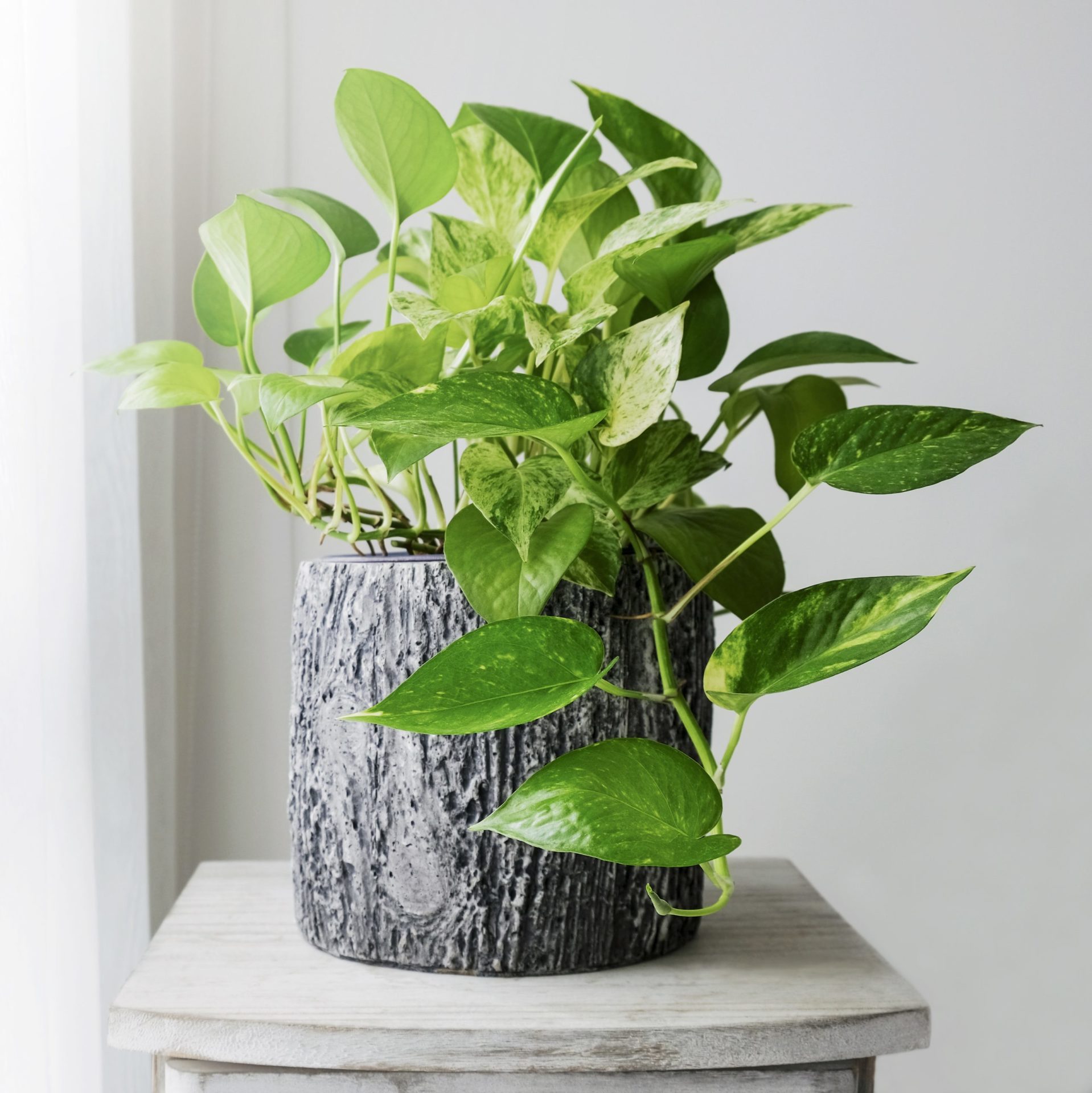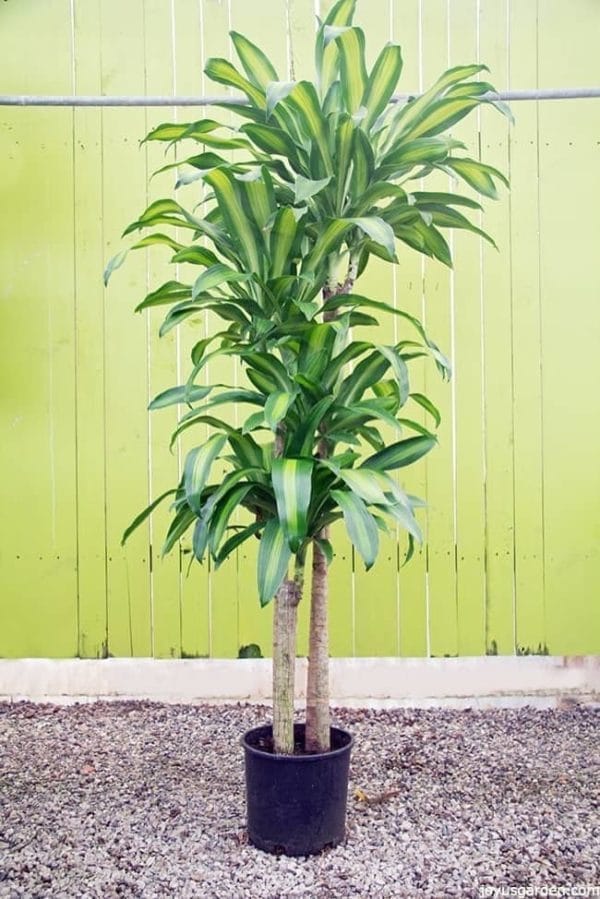Best Low-Light Indoor Plants for Those with Limited Natural Light in Their Homes
Transform Your Home With Beautiful Low-Light Indoor Plants and Their Benefits
Integrating low-light indoor plants into your home can significantly improve both the visual and ecological high quality of your living areas. These plants, which prosper in dark problems, serve not just as decorative components but also as all-natural air cleansers, making them excellent for metropolitan residents or those with limited sunlight exposure. As we explore the numerous types of low-light plants and their benefits, you may discover surprising ways to incorporate them into your home that can transform your environments in ways you could not have actually prepared for.
Benefits of Low-Light Plants
Low-light plants offer various advantages for indoor atmospheres, making them an exceptional selection for both amateur and experienced garden enthusiasts. Among the key benefits is their flexibility to low-light conditions, permitting individuals to boost their living areas without the need for comprehensive sunshine exposure. This particular makes them perfect for houses, offices, and various other locations with limited natural light.

Furthermore, including low-light plants right into home decor can boost the aesthetic appeal of a space. Their rich foliage and varied structures create a calming ambience, contributing to overall well-being. Lastly, the presence of greenery has actually been linked to reduced stress and anxiety levels and enhanced efficiency, making low-light plants a useful option for improving both mental and physical health and wellness in indoor setups.
Leading Low-Light Indoor Plants
While lots of interior plants prosper in bright light, a number of species are especially well-suited for low-light problems, making them excellent for various interior areas. One prominent option is the Serpent Plant (Sansevieria), understood for its striking upright fallen leaves and resilience, requiring very little care. One more superb choice is the Pothos (Epipremnum aureum), which includes heart-shaped fallen leaves and can route magnificently from hangers or racks, thriving in low light and adding a rich touch.
The ZZ Plant (Zamioculcas zamiifolia) is commemorated for its glossy leaves and capacity to hold up against neglect, making it ideal for hectic lifestyles. The Tranquility Lily (Spathiphyllum) not just tolerates low light however also produces spectacular white flowers, enhancing any kind of room's aesthetic.
For an unique touch, consider the Cast Iron Plant (Aspidistra elatior), which indeed meets its name, thriving in the darkest edges of your home. Finally, the Chinese Evergreen (Aglaonema) offers a selection of leaf patterns and shades while being incredibly forgiving in low-light problems. These plants not only improve indoor environments however likewise add to air filtration, improving your living room.
Care Tips for Low-Light Plants

Watering practices are vital; these plants typically prefer slightly dry conditions. Overwatering can cause root rot, so make certain that the top inch of soil is completely dry prior to sprinkling once more. Use pots with drain openings to allow excess dampness to leave.
Moisture is one more essential aspect. Many low-light plants, such as brushes and peace lilies, gain from greater moisture degrees. To enhance humidity, consider misting the fallen leaves or placing a tray of water near the plants.
Fertilizing needs to be come close to with care. Throughout the expanding season, use a watered down, great site well balanced liquid plant food on a monthly basis to support development, but stay clear of fertilizing during the dormant winter season.
:max_bytes(150000):strip_icc()/low-light-plants-GettyImages-1360510675-50ad3d1ad95942ecaed5e4cee84f7572.jpg)
Creative Ways to Display Plants
Indoor plants can serve as fascinating prime focus in any type of space, boosting both visual allure and setting. Imaginative screens can boost the aesthetic impact of low-light plants, making them an essential component of your home design. One effective approach is to make use of tiered plant stands, which permit you to display several plants at differing elevations while making best use of flooring area.
Hanging planters are one more innovative choice, producing a sense of depth and attracting the eye up. Consider macramé hangers or wall-mounted racks to present a distinct appearance and style.
For a much more organized approach, use Source geometric terrariums or glass containers to house your plants, including a contemporary touch to your indoor yard. You can additionally repurpose classic items, such as teacups or wooden crates, for a diverse display screen that shows your individuality.
Enhancing Home Ambiance With Plants
Incorporating low-light plants into your home not just boosts aesthetic charm yet likewise adds considerably to the overall atmosphere. These plants act as all-natural style elements, presenting a sense of tranquility that can transform any type of area. The existence of greenery cultivates a relaxing atmosphere, which is especially helpful in high-stress settings such as home offices or living rooms.
Low-light plants, such as snake plants, pothos, and ZZ plants, are not just visually pleasing but also enhance interior air top quality by filtering contaminants. This twin function boosts the atmosphere even more, producing a healthier space (Best low-light indoor plants). The strategic positioning of these plants can likewise affect the understanding of room; for example, tall plants can draw the eye upward, making ceilings show up higher and spaces more spacious
Furthermore, varying appearances and colors of vegetation click this link include depth to indoor design, enabling innovative expression in home styling. Whether positioned on shelves, in edges, or as focal points, low-light plants can elevate the mood of any type of space. In summary, including these plants right into your home is an effective means to promote a warm, welcoming ambience while reaping the benefits of enhanced air top quality and visual versatility.
Final Thought
Integrating low-light interior plants into home environments provides countless advantages, consisting of enhanced aesthetic appeal and boosted air top quality. These durable plants, such as the Snake Plant and Tranquility Lily, call for marginal light and upkeep, making them suitable for varied way of lives.
While numerous indoor plants flourish in brilliant light, several species are particularly fit for low-light conditions, making them ideal for numerous interior areas. One reliable method is to utilize tiered plant stands, which enable you to display several plants at differing elevations while maximizing floor area.
Low-light plants, such as snake plants, pothos, and ZZ plants, are not only aesthetically pleasing however additionally improve interior air quality by filtering toxins. Best low-light indoor plants. The tactical positioning of these plants can additionally affect the understanding of area; for instance, tall plants can draw the eye up, making ceilings appear greater and areas much more roomy
These resilient plants, such as the Serpent Plant and Peace Lily, need very little light and upkeep, making them ideal for diverse lifestyles.